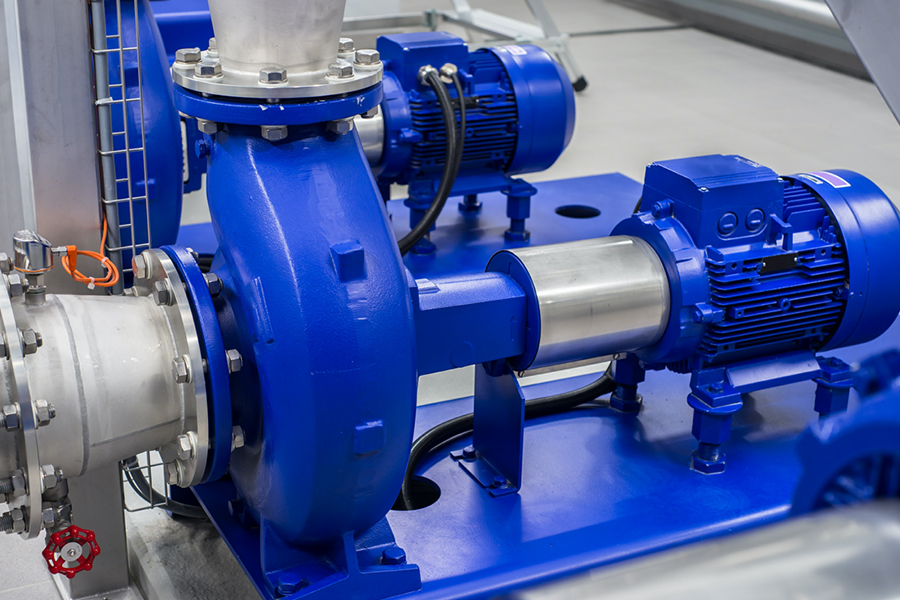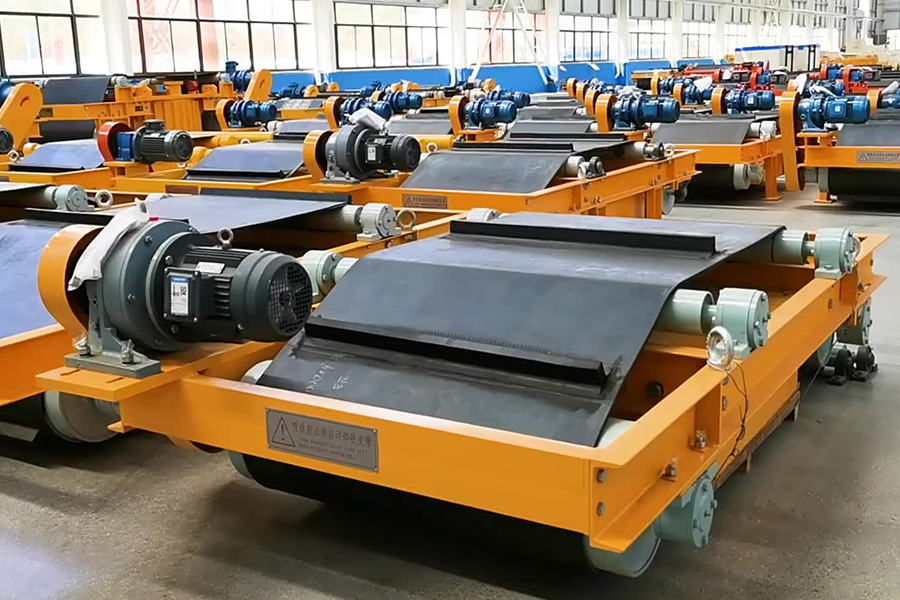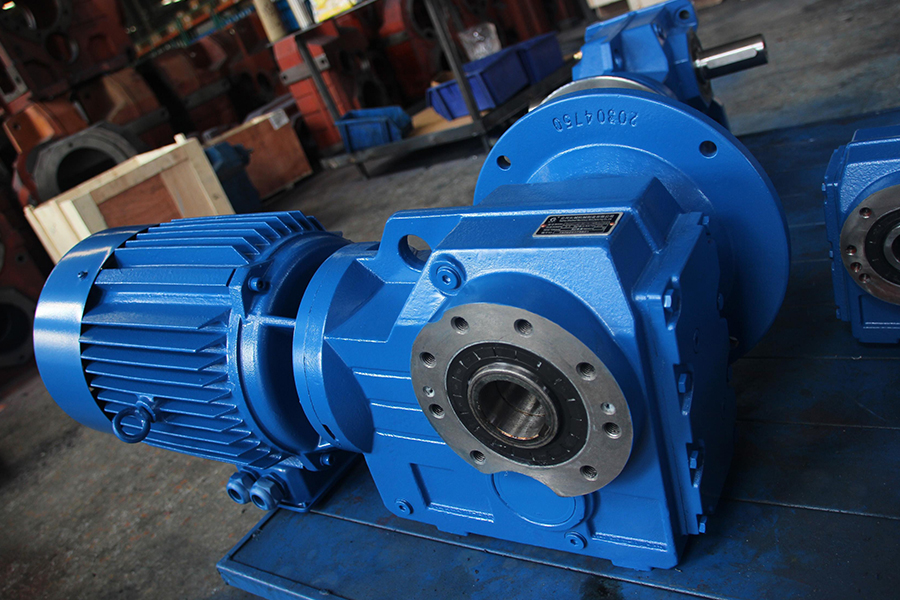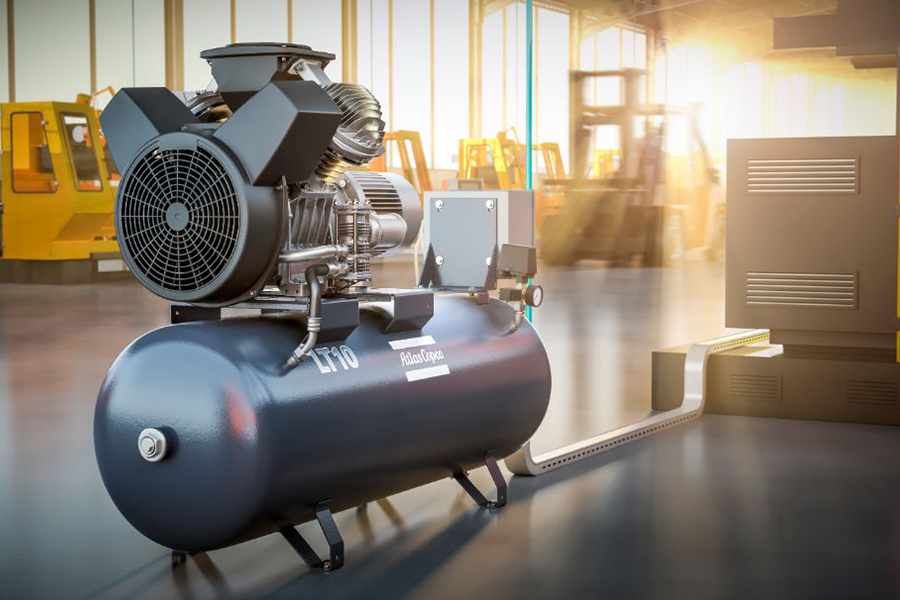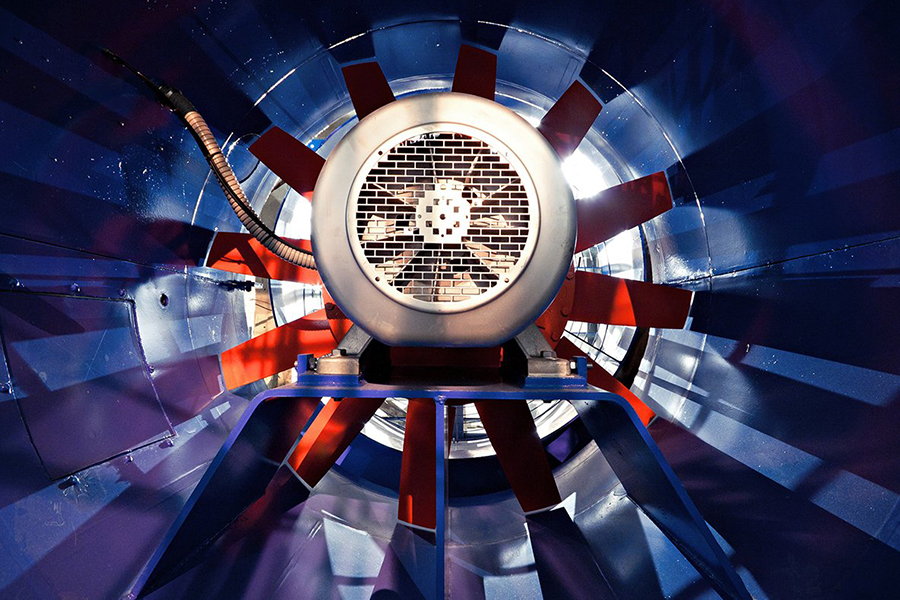The synergy between three-phase speed controllers and electric motors epitomizes a pivotal advancement in driving efficiency and precision in various industrial and commercial applications. This article delves into the mechanics, applications, and evolving technologies surrounding this dynamic duo, shedding light on their significance in modern engineering landscapes.
Understanding Three-Phase Electric Motors
At the core of numerous industrial processes lies the three-phase electric motor, a marvel of electromechanical engineering. Unlike their single-phase counterparts, three-phase motors leverage three alternating currents, enabling smoother operation, higher efficiency, and increased power output. These motors find ubiquitous use in diverse sectors, from manufacturing and agriculture to transportation and HVAC systems.
The Role of Speed Controllers
Enter the three-phase speed controller, a sophisticated device designed to regulate the speed of these electric motors with precision and finesse. By manipulating the frequency and voltage of the input power, speed controllers offer unparalleled control over motor speed, facilitating optimization of processes while small energy consumption.
Applications Across Industries
In manufacturing environments, the marriage of three-phase motors and speed controllers orchestrates a symphony of efficiency. From conveyor belts and pumps to fans and compressors, these systems ensure seamless operation while adapting to fluctuating demand, thus streamlining production and reducing downtime.
In the realm of renewable energy, three-phase motors coupled with advanced speed controllers play a pivotal role in harnessing power from wind turbines and hydroelectric generators. By fine-tuning rotor speeds in response to changing wind or water conditions, these systems maximize energy output while ensuring the longevity of critical components.
Moreover, in transportation, electric vehicles rely on three-phase motors and speed controllers to deliver ideal performance and range. Through sophisticated control algorithms, these systems manage torque delivery, regenerative braking, and overall efficiency, shaping the future of sustainable mobility.
Evolving Technologies and Innovations
The landscape of three-phase speed controllers and electric motors continues to evolve rapidly, driven by innovations in power electronics, materials science, and control algorithms. Variable frequency drives (VFDs), for instance, offer enhanced efficiency and flexibility, enabling precise control over motor speed and torque.
Furthermore, advancements in sensor technology and data analytics empower predictive maintenance strategies, allowing operators to anticipate and mitigate potential failures before they occur. By harnessing real-time data insights, businesses can optimize equipment performance, extend operational lifespan, and reduce maintenance costs.
Challenges and Opportunities
While the benefits of three-phase speed controllers and electric motors are undeniable, challenges persist, ranging from harmonics mitigation and power factor correction to interoperability and cybersecurity concerns. Addressing these challenges requires a multidisciplinary approach, encompassing engineering, cybersecurity, and regulatory frameworks.
Looking ahead, the convergence of electrification, automation, and digitalization promises to unlock new frontiers of efficiency and sustainability. By embracing emerging technologies such as the Internet of Things (IoT), artificial intelligence (AI), and blockchain, industries can further optimize their operations, small environmental impacts, and drive economic growth.
In conclusion, the symbiotic relationship between three-phase speed controllers and electric motors epitomizes the pinnacle of modern engineering innovation. From manufacturing and renewable energy to transportation and beyond, these technologies empower industries to operate with unparalleled efficiency, precision, and sustainability. As we navigate the complexities of the 21st century, the relentless pursuit of advancement in this field will continue to shape our world for generations to come.

 English
English 中文简体
中文简体 عربى
عربى



